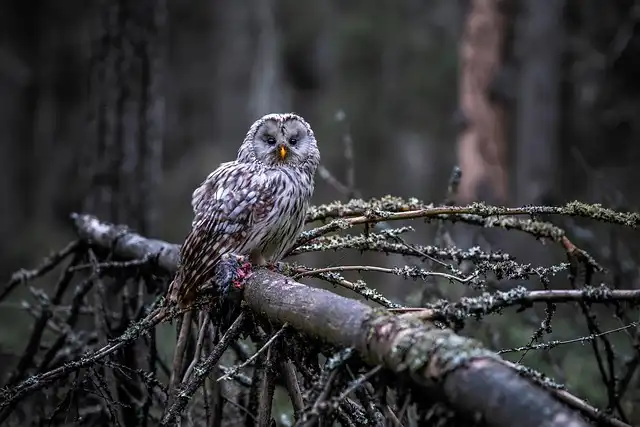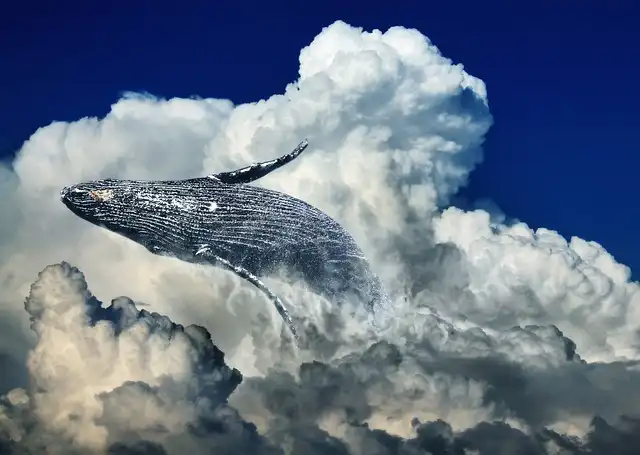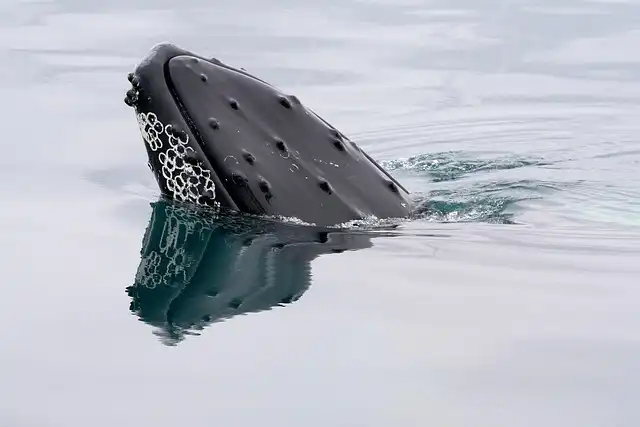
Great Eared Nightjar: The Camouflaged ‘Baby Dragon’ Bird
The great eared nightjar, nicknamed 'baby dragon', is a camouflaged, elusive bird native to South/Southeast Asia. They nest on forest floors, feeding on insects and using haunting calls.

The great eared nightjar, nicknamed 'baby dragon', is a camouflaged, elusive bird native to South/Southeast Asia. They nest on forest floors, feeding on insects and using haunting calls.

Nuclear waste storage faces challenges, especially near oceans. Saltwater corrosion threatens container integrity. Stainless steel, though typically resistant, can pit and crack, risking leaks. Long-term safe storage is crucial.

Whale bone artifacts dating back 17,500 years reveal Stone Age tool use and dietary practices. Researchers analyzed bones from multiple whale species, discovering spear points and evidence of oil extraction for nutrition.

Explore the Moon's tail, cratered surface, thin atmosphere, and ongoing scientific study. Learn about past missions and future exploration plans! #moon #space #exploration

New nanoparticle lenses enable infrared vision by converting invisible wavelengths into visible light. Human trials show enhanced perception, opening doors for security, rescue, and anti-counterfeiting applications.

Researchers in Japan linked a lightning strike to a terrestrial gamma-ray flash using ground-based sensors, revealing details of the collision of lightning leaders and electron acceleration.

Cosmic rays, mainly protons, are accelerated by supernova explosions. These high-energy particles, sometimes exceeding PeV, interact with Earth's atmosphere and surface. Supernova remnants are key PeVatron candidates.

Case study links growth hormone therapy to Creutzfeldt-Jakob Disease (CJD). Prions from cadaver-derived hormones caused a fatal neurological condition. Long latency period is a concern.

Adam Kovalčík pioneers a lower-cost method to produce antivirals like galidesivir, targeting RNA viruses (Ebola, Zika). Using corn husks, his process simplifies drug creation, potentially saving lives. COVID-19 impacts.

Orcas and infant pilot whales interact annually off Iceland (2021-2023). Possible explanations include parenting, predation, or play. Researchers observed unique echelon positioning & temporary encounters. Environment change might also play a role.

Researchers explore amber deposits to uncover evidence of ancient tsunamis dating back 12,000 years. Amber 'fire structures' suggest rapid sediment deposition, potentially caused by tidal waves.

Scientists have cracked the genetic code behind orange cats! A mutation in the ARHGAP36 gene, located on the X chromosome, determines if a cat will have orange fur and explains why most orange cats are male.